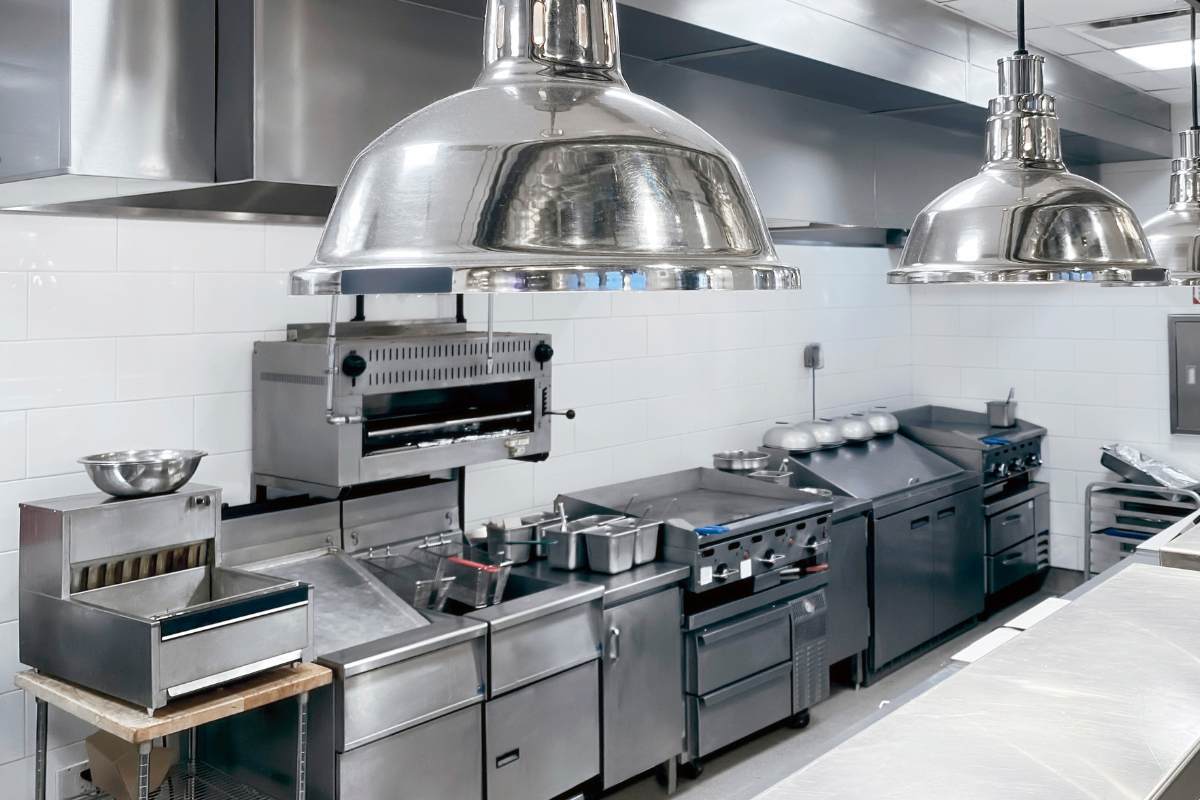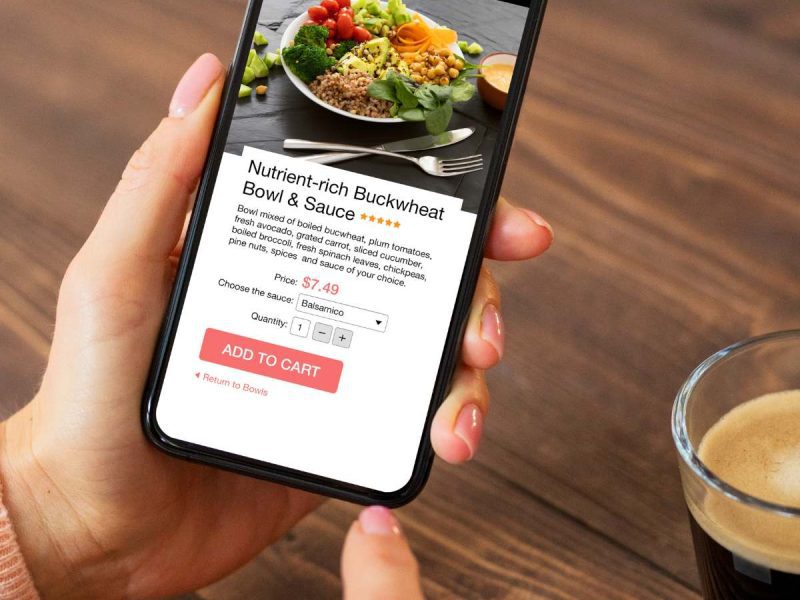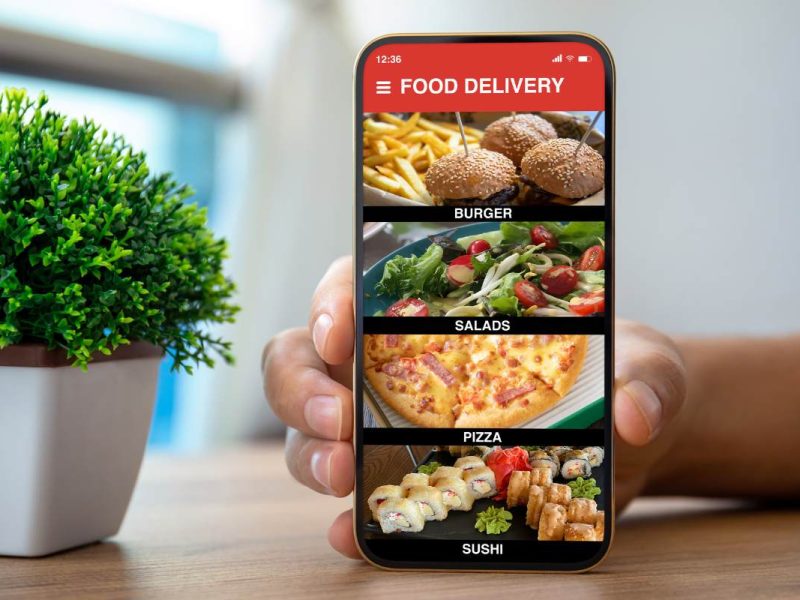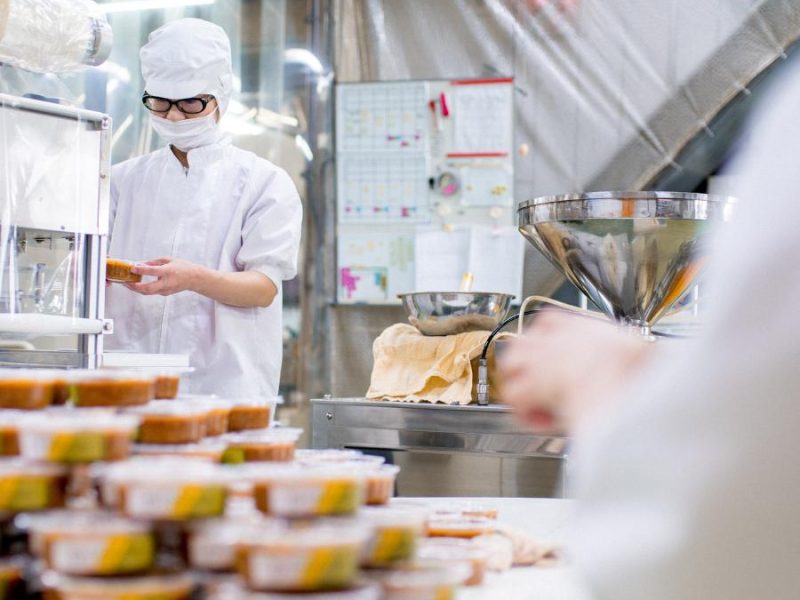
Ghost Kitchens vs Virtual Brand Restaurants
Are you a foodie who loves trying out new restaurants? Well, have you ever heard of ghost kitchens and virtual brand restaurants? No, they’re not spooky places where ghosts and virtual reality collide to create the ultimate dining experience. But they are changing the restaurant game, and it’s important to know the difference between the two. While some folks use the terms interchangeably, there are actually key differences between ghost kitchens and virtual brand restaurants. So, let’s dig in and explore what sets these two concepts apart. And who knows, maybe we’ll even discover the secret to a perfect virtual ghost meal!
Let's start with the basics: What is a ghost kitchen restaurant?
Have you heard of a ghost kitchen restaurant? If not, don’t worry – you’re not alone! A ghost kitchen, also known as a virtual kitchen, is a professional food preparation and cooking facility that produces food solely for delivery or takeout. Unlike traditional restaurants, ghost kitchens don’t have a physical dining room or storefront for customers to visit. Instead, they operate out of existing commercial kitchens or purpose-built facilities, focusing solely on online ordering and delivery platforms like UberEats, Grubhub, and DoorDash. This allows ghost kitchen operators to save on costs associated with rent, decor, and waitstaff. The term “ghost” comes from the fact that these kitchens are often hidden from public view and operate behind the scenes, much like a ghost.
Ghost Kitchens and Virtual Brand Restaurants: two sides of the same digital dining revolution, where innovation meets convenience and culinary boundaries are redefined.
Let's Talk About Virtual Brand Restaurants
Virtual brand restaurants, also known as virtual restaurants, are a relatively new concept in the restaurant industry. These are restaurants that only exist online and offer food exclusively for delivery or pickup. Unlike ghost kitchens, virtual brand restaurants operate under their own branding and often have a more specialized menu. They may partner with existing restaurants or use a shared kitchen space to prepare and cook their food.
Advantages: Ghost Kitchens vs Virtual Brand Restaurants
Both ghost kitchens and virtual brand restaurants offer several advantages over traditional brick-and-mortar establishments. However, each model has its unique set of benefits.
One advantage of ghost kitchens is that they allow for more efficient use of space and resources. Since ghost kitchens are designed solely for food preparation and delivery, they do not require the same amount of space as a traditional restaurant. This means that businesses can save on rent and other overhead costs, which can be especially beneficial in expensive urban areas. Additionally, since ghost kitchens don’t have a physical dining area, there’s no need to spend money on decor, furniture, and other fixtures.
On the other hand, virtual brand restaurants allow for greater flexibility and scalability. By operating a virtual brand, businesses can quickly and easily expand their offerings without the need for additional physical locations. This allows for greater reach and potential revenue, as well as the ability to experiment with new menu items or concepts without the risk of investing in a physical space. Additionally, since virtual brands are often marketed exclusively through online platforms, businesses can save on traditional advertising costs and focus on building an online presence through social media and other digital channels.
Both models also benefit from the increasing popularity of food delivery services such as Uber Eats, DoorDash, and Grubhub. By partnering with these services, ghost kitchens and virtual brand restaurants can reach a wider audience and offer customers the convenience of delivery without the need for a physical storefront.
Wrapping Up
Both ghost kitchens and virtual brand restaurants offer unique opportunities and advantages to the restaurant industry. Ghost kitchens provide a cost-effective solution for launching new restaurant concepts or expanding existing ones, while virtual brand restaurants allow for greater flexibility and innovation in menu offerings. Ultimately, the choice between these two models depends on a variety of factors, such as business goals, target market, and available resources. As the industry continues to evolve and consumer preferences change, it’s important for restaurants to remain adaptable and open to new models and technologies. Whether it’s a ghost kitchen or a virtual brand restaurant, the key to success is staying ahead of the curve and delivering a memorable dining experience to customers.








